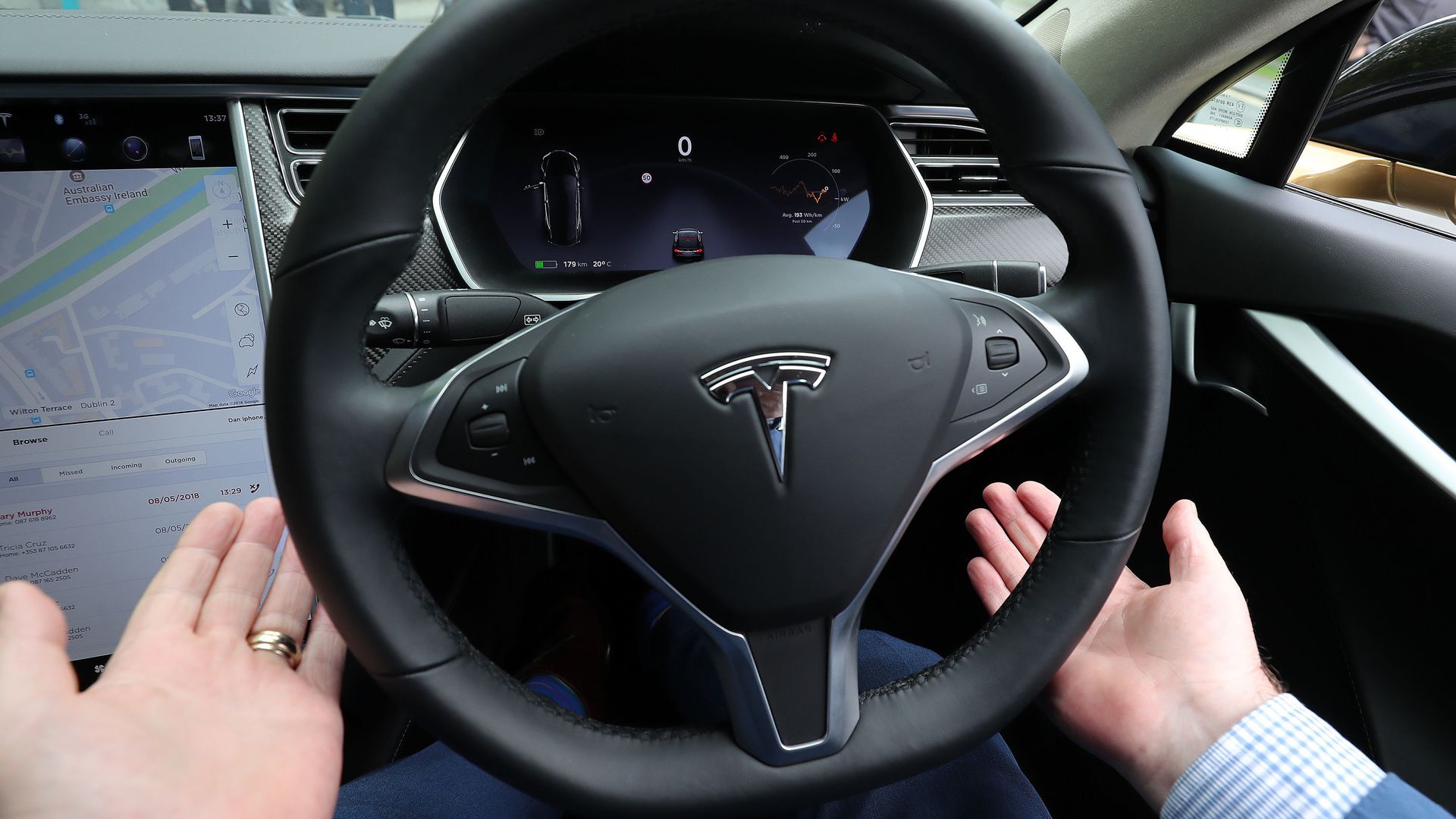
[JACK AYLMER]
HAVING BLIND FAITH IN TECHNOLOGY MAYBE ISN’T THE BEST IDEA.
SINCE THE DAYS ‘THE OFFICE’ WAS ON THE AIR – WE’VE GONE FROM GPS DIRECTING OUR EVERY MOVE – TO VEHICLES THAT WANT TO MOVE ON THEIR OWN.
BUT ARE THESE ‘AUTOMATED DRIVING FEATURES’ HELPFUL OR ARE THEY PUTTING PEOPLE IN HARM’S WAY?
A FIRST OF ITS KIND REPORT IS REVEALING SOME TROUBLING ISSUES ACROSS THE INDUSTRY.
THE INSURANCE INSTITUTE FOR HIGHWAY SAFETY LOOKED AT 14 OF THESE AUTOMATED SYSTEMS FROM A VARIETY OF AUTOMAKERS.
THE RESULTS: NOT GREAT.
11 OF THEM EARNED A POOR RATING, INCLUDING TESLA’S AUTOPILOT FEATURE.
NONE OF THE SYSTEMS TESTED RECEIVED THE AGENCY’S HIGHEST POSSIBLE RATING OF GOOD.
ONLY ONE – MADE BY LEXUS – MANAGED TO BE RATED AS ACCEPTABLE.
OTHER CONCERNS FROM THE IIHS INCLUDED HOW THESE AUTOMATED DRIVING FEATURES HANDLE DRIVERS WHO HAVE BECOME INATTENTIVE.
THE STUDY FOUND NONE OF THE SYSTEMS DID A GOOD ENOUGH JOB AT MONITORING FOR DISTRACTED DRIVERS AND SOME EVEN MADE THE PROBLEM WORSE.
SOME OF MODELS MADE LANE CHANGES FOR DRIVERS WITHOUT EVEN ASKING IF THAT’S SOMETHING THEY WANTED TO DO.
THE AGENCY SAYS THIS IS UNSAFE BECAUSE IT FURTHER INVITES PEOPLE TO DISENGAGE FROM DRIVING.
OTHER SHORTFALLS INCLUDED FEATURES WORKING DESPITE PEOPLE NOT WEARING SEATBELTS AND VEHICLES THAT MAINTAIN HIGH SPEEDS EVEN IF A DRIVER HASN’T BEEN PAYING ATTENTION FOR OVER HALF A MINUTE.
THE PRESIDENT OF THE IIHS SUMMED UP THESE TEST RESULTS SAYING:
“SOME DRIVERS MAY FEEL THAT PARTIAL AUTOMATION MAKES LONG DRIVES EASIER, BUT THERE IS LITTLE EVIDENCE IT MAKES DRIVING SAFER.”
SOME AUTOMAKERS PUSHED BACK AGAINST THE REPORT.
FORD SAYING THEY DON’T AGREE WITH THE AGENCY’S FINDINGS –
POINTING TO THEIR OWN DATA WHICH SHOWS THAT THEIR CARS WITH AUTOMATED FEATURES ARE 10 TIMES LESS LIKELY TO SWERVE OUT OF THEIR LANE.
THE IIHS ARGUES THESE RANKINGS ARE IMPORTANT FOR PEOPLE TO UNDERSTAND POTENTIAL HAZARDS ASSOCIATED WITH AUTOMATED DRIVING FEATURES.
PARTLY BECAUSE RIGHT NOW, THE NATIONAL HIGHWAY TRAFFIC SAFETY ADMINISTRATION DOESN’T REGULATE THEM.
IN LIGHT OF THIS, THE IIHS HOPES ITS TESTING WILL HELP EDUCATE PEOPLE ON THE SAFETY LIMITATIONS FOR EACH AUTOMAKER’S VERSION OF THIS TECHNOLOGY.











